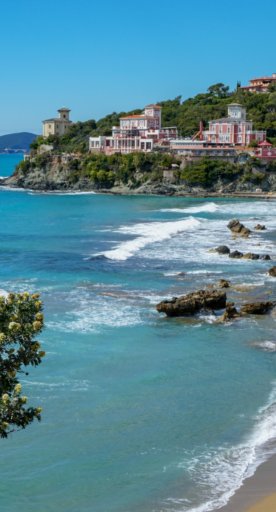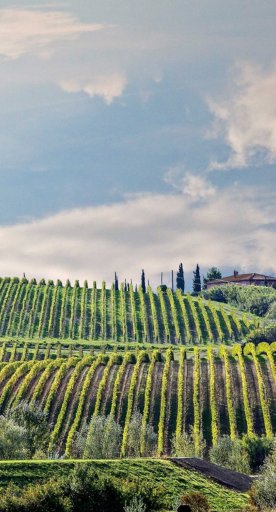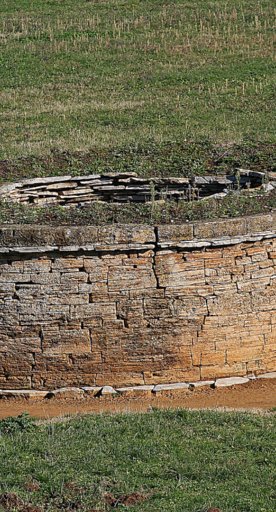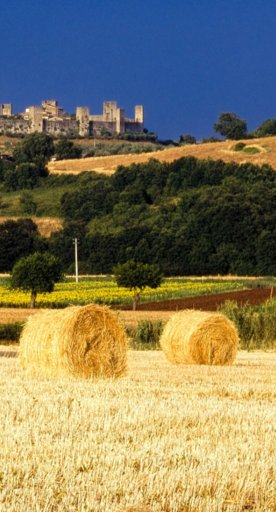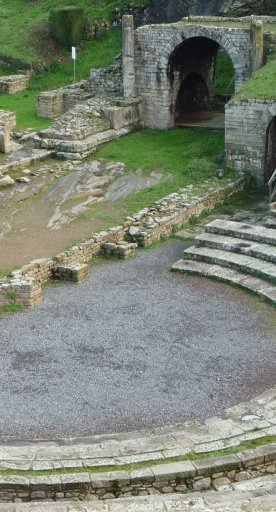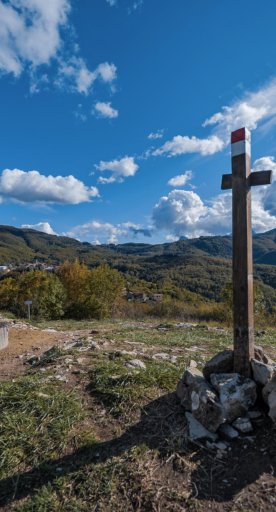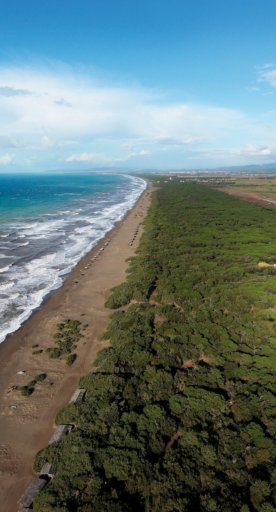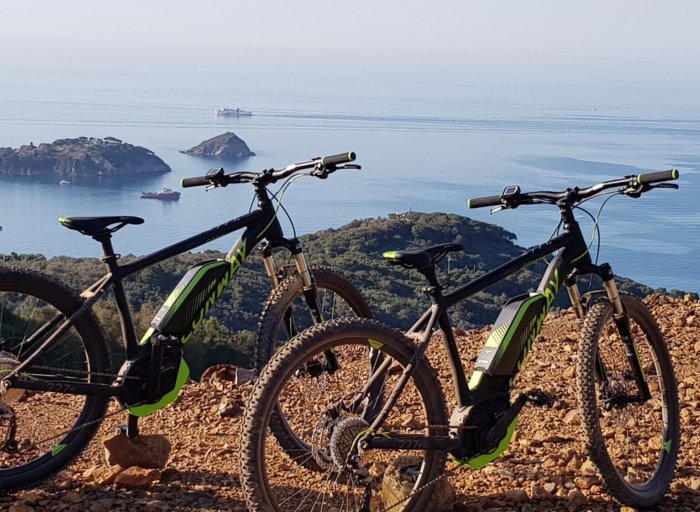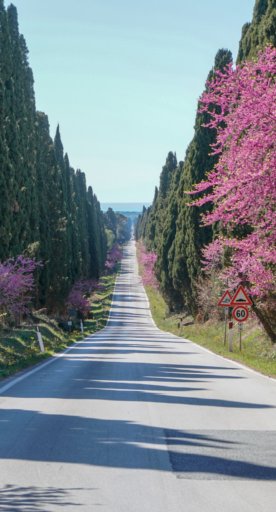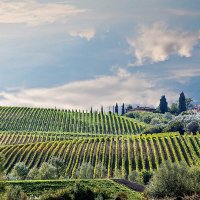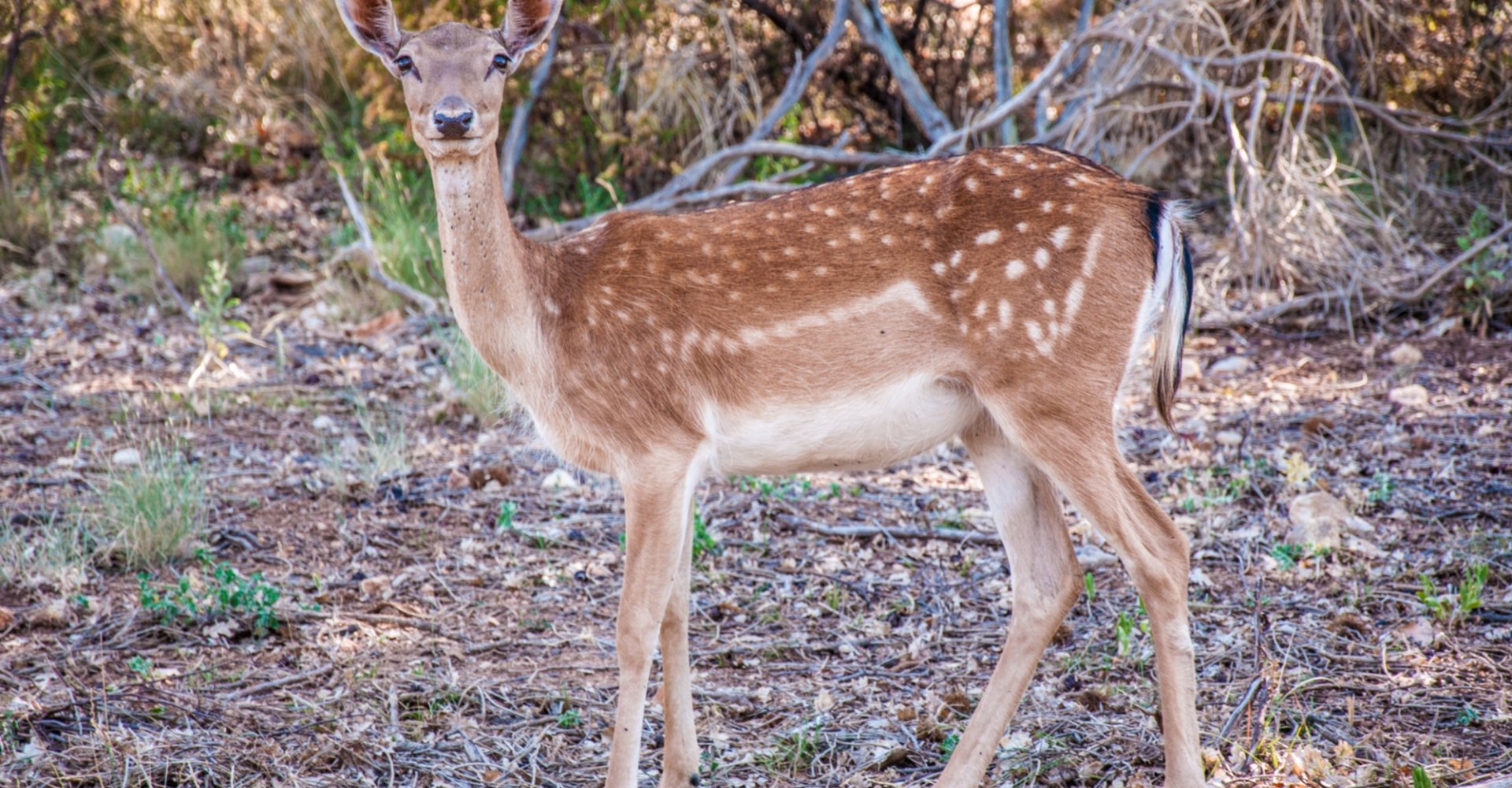

Accessible Nature Parks in Tuscany
Some of Tuscany’s most beautiful parks offer accessible trails and itineraries for barrier-free tourism
Offering everyone the opportunity to be able to fully enjoy the experiences that make Tuscany unique is undoubtedly one of the main goals of accessible tourism.
To this end, many attractions and cultural centers have expanded their range to allow the broadest possible audience to fully enjoy the tourist offerings.
Not to be missed are the Nature Parks which, with their wild and unspoiled nature, represent one of the most precious riches of this land.
Together, let’s take a look at the 10 most interesting ones!
-
1.The Maremma Park
-
2.Oasis of Lago di Burano – Capalbio
-
3.Duna Feniglia Nature Reserve
-
4.The Poggio Neri Forest Park
-
5.LIPU Oasis of Massaciuccoli
-
6.The Migliarino, San Rossore and Massaciuccoli Regional Park
-
7.The accessible trail in Val Serenaia
The Maremma Park
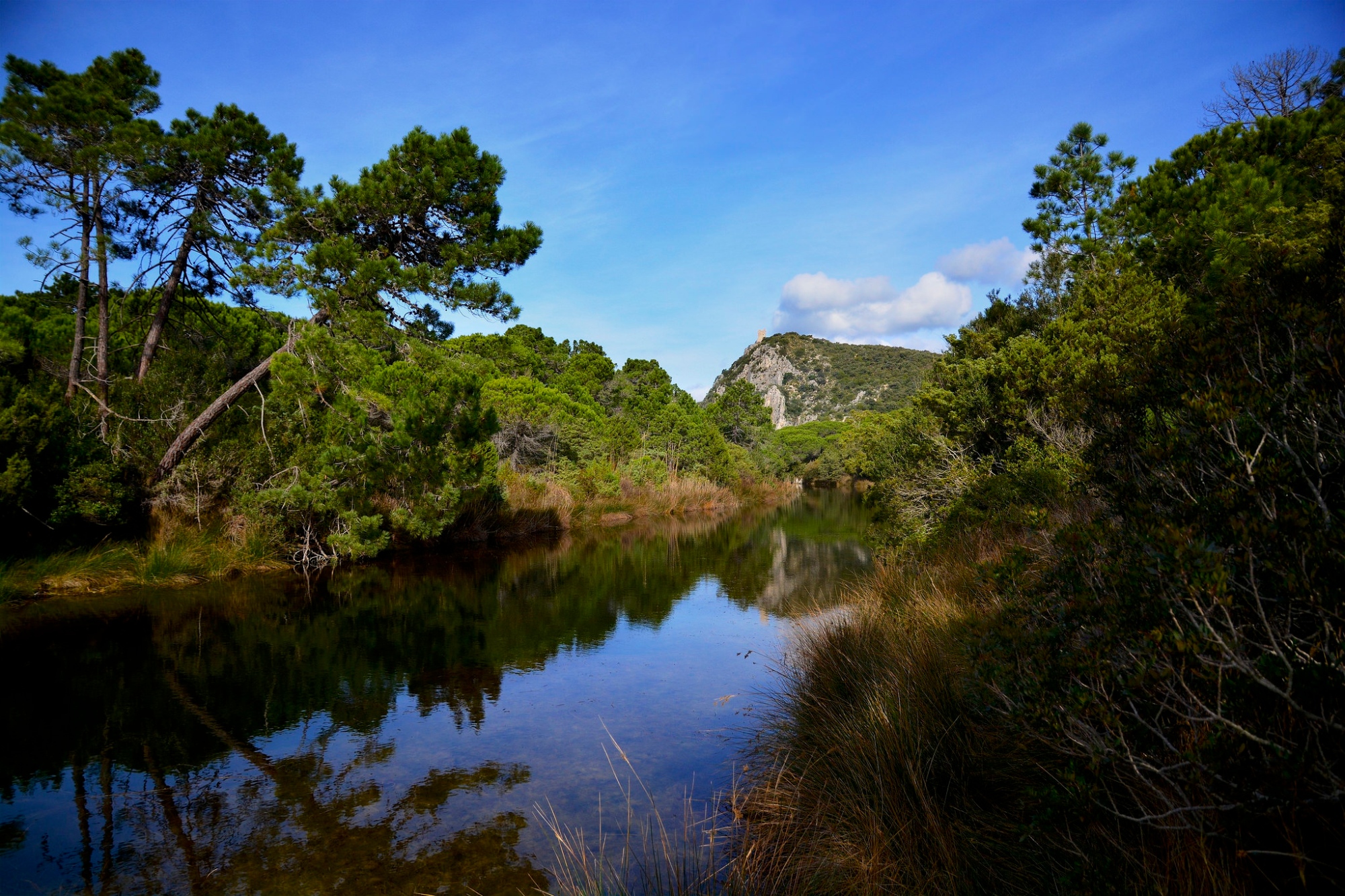
The Maremma Regional Park is a 22,240-acre (9,000-hectare) green oasis in the heart of southern Tuscany.
The park’s natural landscape is characterized by a wide variety of ecosystems , making it an ideal habitat for an incredible number of plant and animal species.
The undisputed stars of the panorama are the coastal ridge of the Uccellina Mountains, dotted with old watchtowers and the ancient Abbey of San Rabano, and the Tyrrhenian Sea with its rocky shores and the plain of the Ombrone estuaries.
Route A7 - Mouth of the Ombrone River
The route is free and accessible (even on bike) up to the sighting hut, located at the mouth.
You can also drive there in your own vehicle with valid access sticker.
To go by car, it is best to contact the Local Police Authority for all necessary information about the visit.
The route is very simple but offers up a complex of magical sounds, colors and scents—from the green Granducale Pine Forest to the wide expanses of marshland that embrace the final stretch of the Ombrone River.
Itinerary A6 – Wildlife
This route is free and accessible, with rest areas along the way.
Parking is also available for vehicles bearing a valid parking sticker.
The trail even has tactile nature signage at the entrance.
The tactile signs are made of bas-relief tiles that describe various naturalistic aspects of the park, accompanied by captions and embossed QR Codes to enable users to access audio/video content subtitled in a range of languages.
The itinerary is just over 3 miles (5 kilometers) long. Many species of plants typical of the Mediterranean maquis can be found along the way. This pleasant trail passes through the forest of centuries-old cork and downy oaks where it is easy to encounter herds of deer.
Marina di Alberese parking area
One of the best-known beaches in the park, famous for its fine sand and crystal clear sea.
Access is permitted to a very limited number of cars, there being just 3 spaces reserved for people with disabilities, allowing direct access to the beach via a walkway.
There is a beach wheelchair onsite for direct access to the water.
Oasis of Lago di Burano – Capalbio
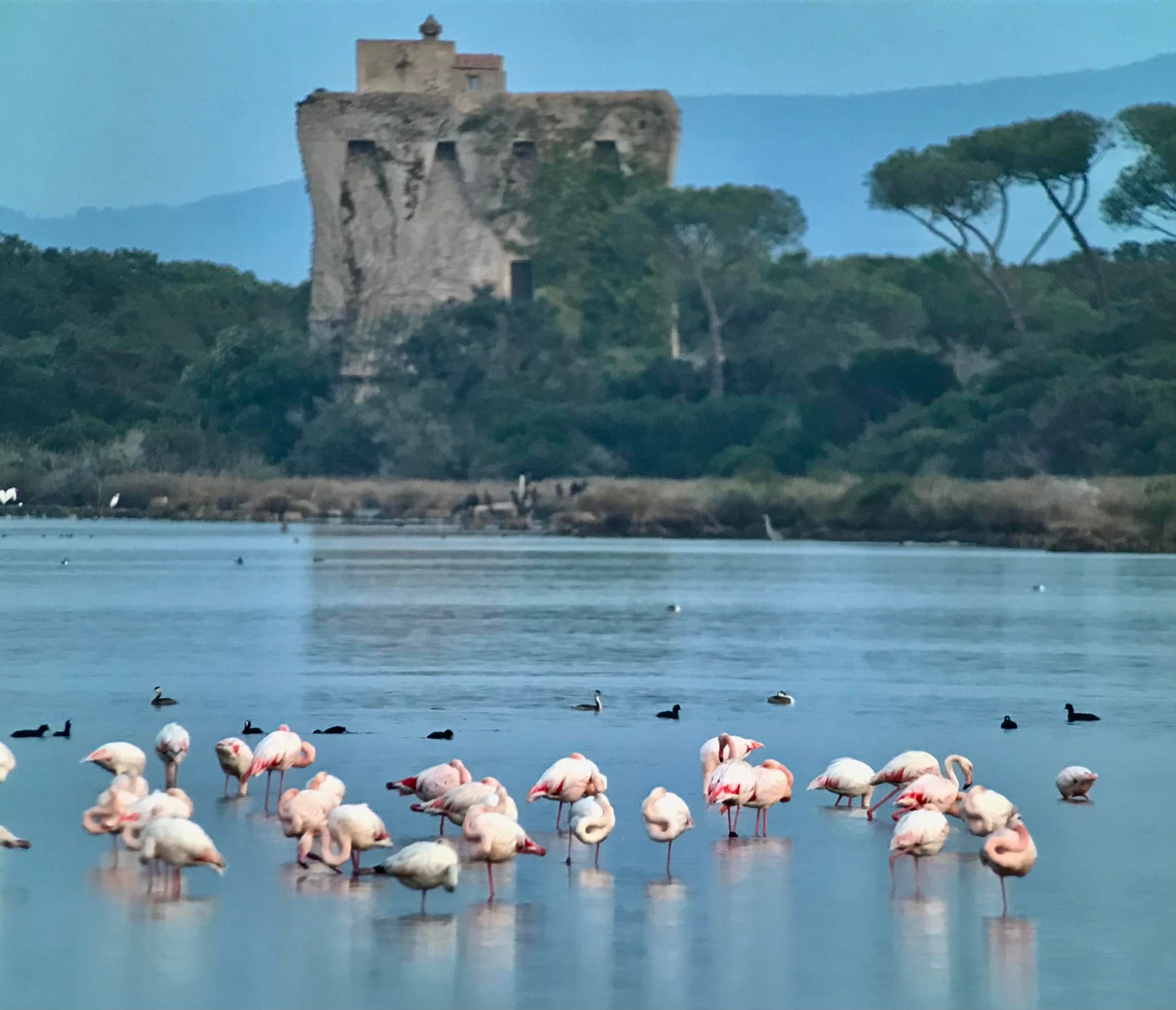
In the heart of Maremma, between Ansedonia and Marina di Chiarone, lies the WWF Oasis of Lago di Burano, a protected area that includes a coastal lake, sand dunes and dense Mediterranean scrub.
More than 300 species of birds choose this environment as a wintering or stopover spot, including flamingos, herons, wild geese and gulls.
The accessible trail follows a 1312-feet (400-meter) loop with a compacted surface and bordered by wooden curbs, guiding visitors to a viewing hut on the lake, which is also equipped for observation by wheelchair users.
Surrounding the hut are picnic areas, a butterfly garden and an observatory for nocturnal wildlife.
Access is possible only though booking a guided tour, free of charge for people with disabilities and their companion.
The accessible visitor center is equipped with a ramp and accessible toilets, while the parking lot, which is large but not reserved, is in compacted dirt.
Duna Feniglia Nature Reserve
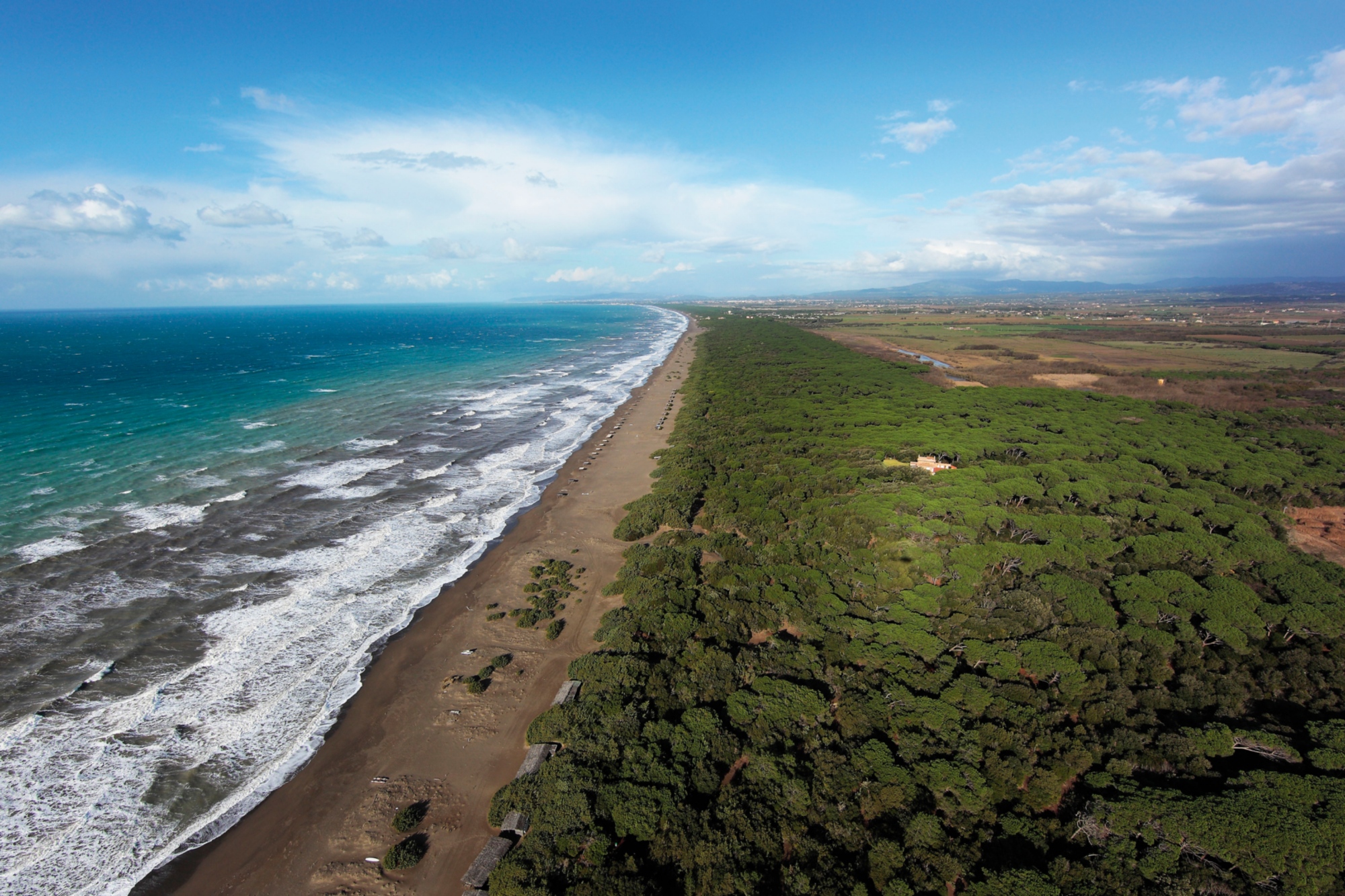
The Reserve stretches between the Tyrrhenian Sea and the Orbetello Lagoon, a green corridor linking Ansedonia to the Promontorio dell’Argentario.
Lush pine forests, sand dunes and lagoon habitats alternate in an extraordinary landscape, now made accessible to people with disabilities thanks to an itinerary designed to ensure an inclusive experience.
The Duna Feniglia Nature Reserve trail is equipped with wooden walkways, tactile maps and signage in Braille to take visitors on a journey through aromatic plants and rare bird species, with observation points for bird life and rest facilities designed for every need.
Parking areas are available along the pine forest and although reserved spaces are not directly on site, access is relatively straightforward.
After exploring, it is worth continuing to the Orbetello Lagoon, just 1.2 miles or 2 kilometers away, to admire a WWF-protected wetland, an important stopover for many migratory birds. This immersive experience combines nature, sustainability and accessible tourism.
The Poggio Neri Forest Park
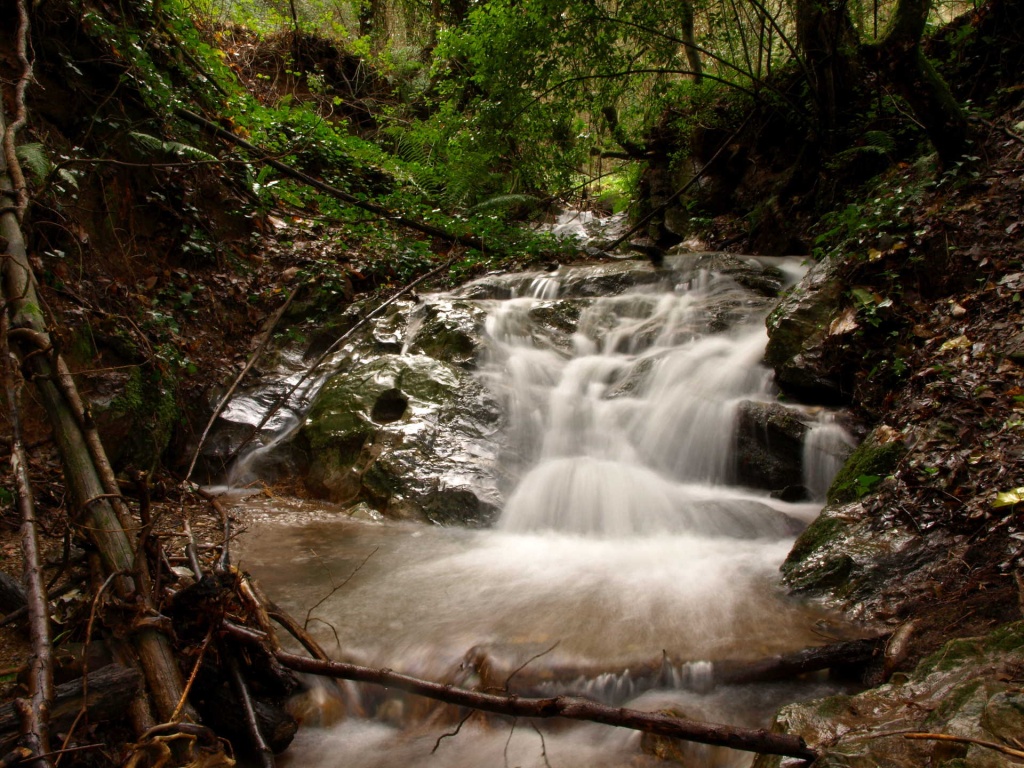
The Poggio Neri Forest Park comprises some 1730 acres (700 hectares) of hilly forest dominated by holm oaks and chestnut trees.
Not far from Sassetta, a beautiful unspoiled village in the Val di Cornia area, around 6 miles (10 kilometers) from the sea, lies the park offering various points of interest and picnic areas.
There is an accessible route with a path within a Mediterranean scrub forest that winds around Mount Bufalaio.
Along this evocative itinerary with a scenic rest stop is a disused quarry from which the famous Sassetta Red Marble was extracted in years gone by.
LIPU Oasis of Massaciuccoli
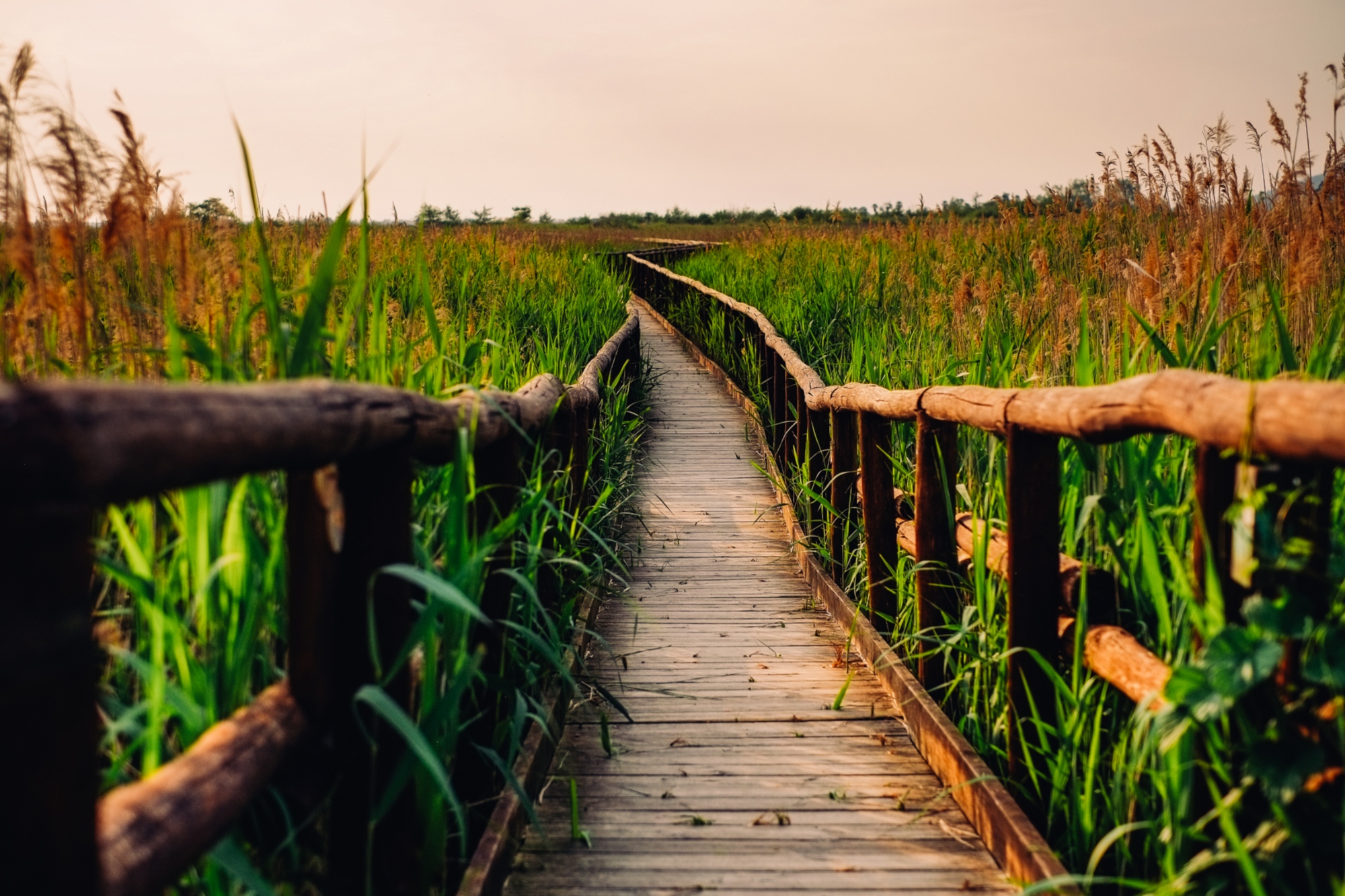
In the heart of the Chiarone Nature Reserve, the LIPU Oasis of Massaciuccoli offers an immersive experience among reed beds, wet woodland and a surprising biodiversity.
Accessible and scenic, the main trail extends some 2625 feet (800 meters) along wooden walkways with handrails, suspended over the water and leading to four wildlife observation huts, all accessible to people with disabilities.
The trail continues for another 984 feet (300 meters) into the forest to a butterfly garden, a small paradise of blooms and biodiversity. Completing the experience are the Marsh Ecology Museum, being multi-sensory and accessible, along with having a fully equipped educational laboratory. The oasis is open year-round and admission is free.
There are accessible parking spaces and restrooms, as well as assistance services for those arriving by train or plane. A place designed for everyone, where nature becomes truly inclusive.
The Migliarino, San Rossore and Massaciuccoli Regional Park
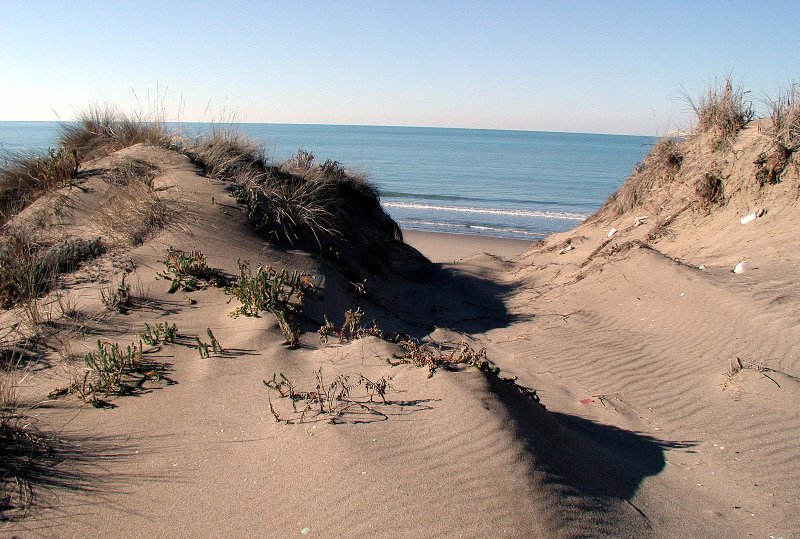
The Tenuta di San Rossore guards a natural environment of great charm and historical value. Once the summer residence of the Savoy family, this estate is now a protected area accessible year-round with free admission.
The Migliarino, San Rossore and Massaciuccoli Regional Park center is equipped with facilities, a picnic area and the possibility of renting special bicycles, handbikes, tandem bikes, child seats and quadricycles.
A standout among the accessible trails is the Sentiero Sabrina Bulleri, at 0.6 miles (1 kilometer) long and 0.9 miles (1.5 meters) wide, with a compacted natural resin and stabilized terra-colored terrain, handrails and signage that can be read even when seated.
You can observe wildlife such as deer, wild boar and foxes, and reach a wildlife observatory accessible via a ramp with a gradient below 8%.
The park even offers a mini-cruise on the Pisan riverfront, which can be booked at the visitor center. Then there are the accessible food outlets.
Accessible toilets are located on the ground floor.
The accessible trail in Val Serenaia
In the heart of the northern Apuan Alps, between Garfagnana and Lunigiana, opens the glacial basin of Val Serenaia, dominated by beech forests and surrounded by rocky peaks.
Here, at Orto di Donna, there is a trail for everyone, designed to make the mountain accessible to people with mobility issues and visual impairments.
The path, which is about 1640 feet (500 meters) long, can also be completed in a wheelchair thanks to the asphalt surface and wooden bridges, crossing a spectacular landscape where the Serchio di Gramolazzo stream has its source.
Along the trail are tactile panels and bulletin boards in Braille, samples of rocks and branches with embossed plaques, fences and curb-guides for safety.
There is no shortage of picnic areas, sensory perception points, and even a café-restaurant accessible via an external ramp.
The route can be reached by car, with adjacent parking, although there are no reserved parking spaces.


